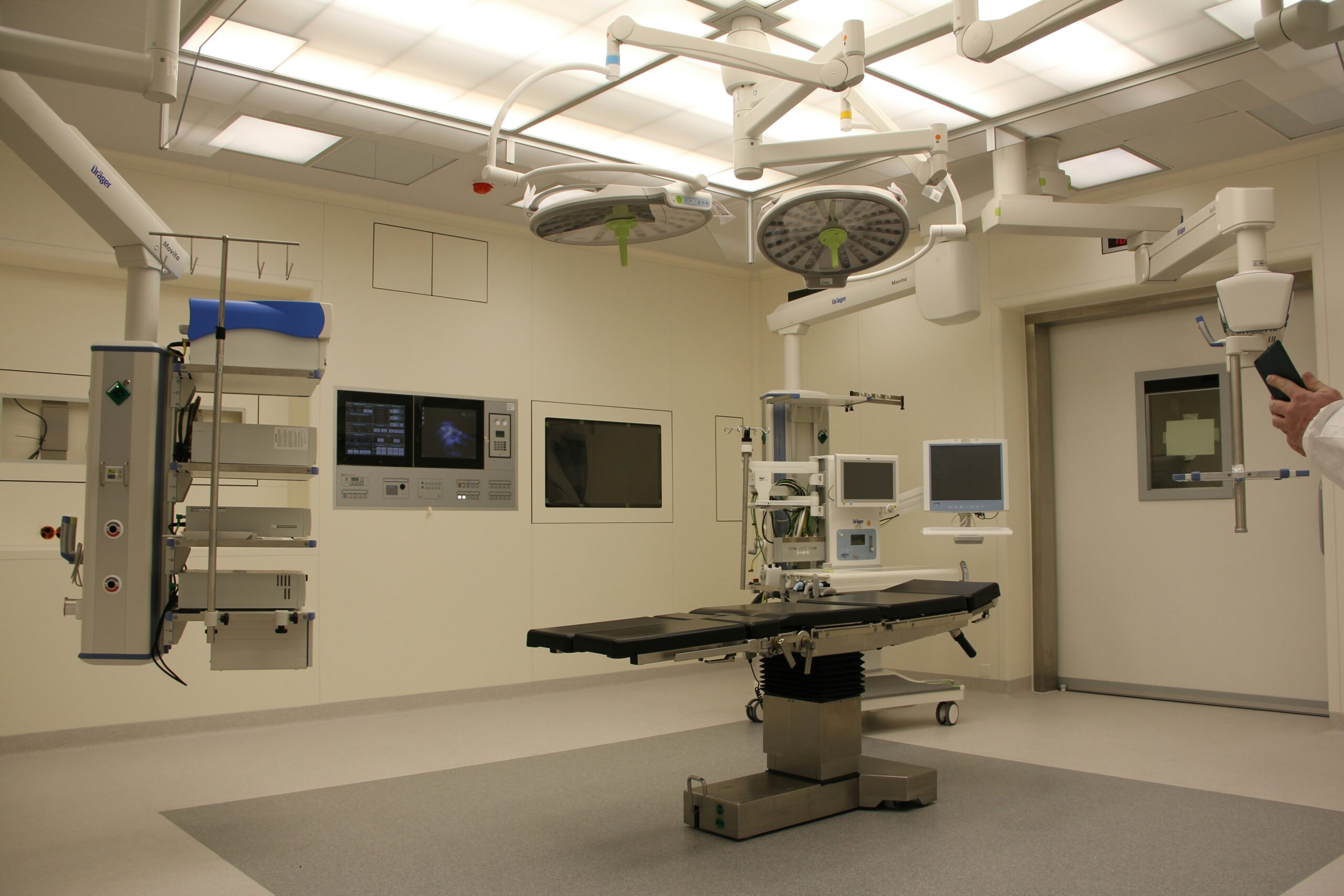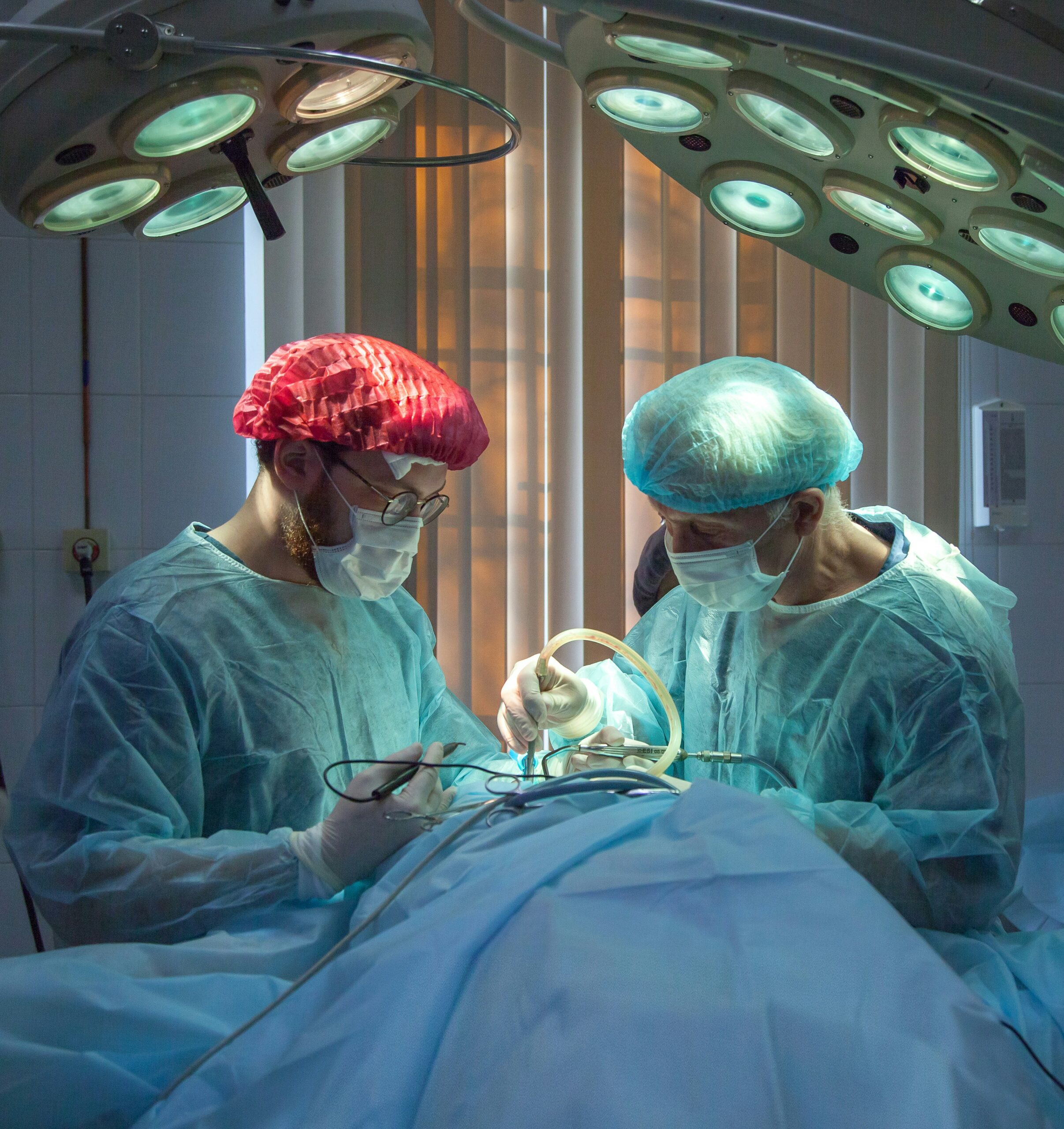In this article, you'll discover the neighboring structures that are in close proximity to the prostate gland. Understanding the surrounding structures is crucial in assessing potential complications or diseases that may affect the prostate. By gaining insight into the nearby structures, you'll have a clearer understanding of the comprehensive anatomy and potential impacts on prostate health. So, let's explore the fascinating world of the neighboring structures in relation to the prostate gland.

Overview of the Prostate Gland
Definition of the prostate gland
The prostate gland is a small, walnut-sized gland located below the bladder in men. It surrounds the urethra, which carries urine from the bladder out of the body. The prostate gland produces a fluid that makes up a part of semen, the liquid that carries sperm during ejaculation.
Function of the prostate gland
The primary function of the prostate gland is to produce and secrete a fluid that nourishes and protects sperm. This fluid, called prostatic fluid, combines with sperm from the testicles and secretions from the seminal vesicles to form semen. The prostate gland also helps control the flow of urine by contracting and releasing muscles that surround the urethra.
Location of the prostate gland in the body
The prostate gland is situated just below the bladder, in front of the rectum. It surrounds the urethra, which runs through the center of the prostate. The proximity of the prostate gland to other structures in the pelvic region plays a crucial role in maintaining urinary and reproductive functions.
The Bladder
Proximity of the bladder to the prostate gland
The bladder is located in close proximity to the prostate gland. It sits just above the prostate, with the urethra passing through both the bladder and the prostate gland. This close proximity allows for the coordination of urinary and reproductive functions.
Role of the bladder in urinary function
The bladder is responsible for storing urine until it is ready to be expelled from the body. It expands as it fills with urine and contracts when it is time to empty itself. The bladder communicates with the brain to regulate the release of urine and maintain continence.
How the bladder and prostate gland interact
The prostate gland plays a role in urinary function by surrounding the urethra and providing support to the bladder. It contracts and releases muscles that help control the flow of urine and maintain bladder continence. Additionally, the close proximity of the prostate gland to the bladder allows for coordination between the two organs in bladder emptying and urinary control.
Seminal Vesicles
Location of seminal vesicles relative to prostate gland
The seminal vesicles are located behind the bladder and above the prostate gland. They are paired structures, with one on each side of the prostate. The ducts of the seminal vesicles join with the vas deferens, which connects the testicles to the urethra.
Role of seminal vesicles in reproduction
The seminal vesicles produce a significant portion of the fluid that makes up semen. This fluid contains fructose, which provides energy for sperm, as well as substances that help nourish and protect sperm. The seminal vesicles' secretions also help to neutralize the acidity of the male and female reproductive tracts, creating a more hospitable environment for sperm.
Relationship between seminal vesicles and prostate gland
The seminal vesicles and the prostate gland work together in the reproductive process. The seminal vesicles produce seminal fluid, which combines with prostatic fluid from the prostate and sperm from the testicles to form semen. This mixture is then ejaculated during sexual activity.
Rectum
Anatomical positioning of the rectum to the prostate gland
The rectum is situated just behind the prostate gland. It is the final portion of the digestive system and acts as a temporary storage site for feces before they are eliminated from the body.
Rectum’s function in digestion
The rectum plays a crucial role in digestion by storing feces until the body is ready to expel them. It absorbs water from the stool, allowing for the formation of solid waste. The rectum also has specialized nerve endings that detect the presence of feces, signaling the body when it is time to have a bowel movement.
Interaction of the rectum with the prostate gland
The close proximity of the rectum to the prostate gland can have implications for individuals with prostate disorders. Conditions such as prostatitis or prostate cancer may cause discomfort or pain in the rectal area. Additionally, certain medical procedures, such as a digital rectal exam or prostate biopsy, can involve accessing the prostate gland through the rectum.

Urethra
Location of the urethra in relation to the prostate
The urethra runs through the center of the prostate gland. It extends from the bladder, passing through the prostate and exiting the body via the penis.
Role of the urethra in urinary and reproductive systems
The urethra serves as a conduit for both urine and semen. It carries urine from the bladder and expels it from the body during urination. During ejaculation, the urethra also carries semen from the reproductive organs out through the penis.
Impact of prostate health on urethra functionality
The prostate gland's location around the urethra can impact urinary and reproductive functions. Conditions such as an enlarged prostate can put pressure on the urethra, leading to symptoms such as frequent urination, weak urine flow, or difficulty in emptying the bladder completely. Prostate disorders may also affect reproductive functions by interfering with semen flow or ejaculation.
Pelvic Muscles
Positioning of pelvic muscles relative to prostate gland
The pelvic muscles are located in the pelvis, surrounding the bladder, prostate gland, and rectum. They form a supportive framework for these structures and play a crucial role in urinary and sexual functions.
Role of pelvic muscles in urinary and sexual functions
The pelvic muscles help control the bladder and urinary sphincters, allowing for the voluntary control of urination. These muscles also play a role in sexual functions by supporting erectile function and contributing to orgasm during sexual activity.
Interactions between prostate gland and pelvic muscles
The prostate gland and pelvic muscles work together to maintain urinary and sexual functions. Contraction and relaxation of the pelvic muscles assist in the emptying of the bladder and control of urination. During sexual activity, the pelvic muscles help support and maintain erection and play a role in ejaculation.

Penis
Anatomical relationship of the penis and the prostate gland
The penis is located outside the body and is connected to the prostate gland through the urethra. During sexual arousal, blood fills the penis, causing an erection. The penis also serves as the outlet for semen during ejaculation.
Role of the penis in the urinary and reproductive systems
The penis plays a crucial role in both the urinary and reproductive systems. It allows for the elimination of urine from the body through the urethra. Additionally, during sexual activity, the penis becomes erect, facilitating the introduction of sperm into the female reproductive tract.
How the prostate gland affects the functionality of the penis
The proximity of the prostate gland to the urethra and the pelvic muscles can impact the functionality of the penis. Conditions like an enlarged prostate may impede the passage of urine or semen through the urethra, affecting urination and sexual activity. Prostate disorders can also cause pain or discomfort in the pelvic region, potentially affecting sexual function.
Vas Deferens
Location and function of vas deferens
The vas deferens is a duct that connects the testicles to the seminal vesicles. It transports sperm from the testicles to the urethra, where it combines with other fluids to form semen.
Relationship between the vas deferens and prostate gland
The vas deferens travels past the prostate gland, running through the pelvic region. As it passes by the prostate, it receives secretions from the gland, which mix with sperm to contribute to the formation of semen.
Impact of the prostate gland on the vas deferens’ function in reproduction
The prostate gland's secretions are crucial for the production of semen, which includes sperm from the testicles and fluids from various sources, including the prostate gland. Disorders of the prostate gland, such as prostatitis or prostate cancer, can affect the composition or flow of prostatic fluids, potentially impacting reproductive function.
Pudendal Nerve
Positioning of pudendal nerve relative to prostate gland
The pudendal nerve is a major nerve that supplies sensation to the external genitalia, perineum, and anus. It passes near the prostate gland and plays a significant role in male sexual function.
Role of pudendal nerve in male sexual function
The pudendal nerve is responsible for transmitting sensations of touch, pain, and temperature from the genital region to the brain. It also controls the contraction of muscles involved in sexual activity, such as those responsible for erection and ejaculation.
Interactions between the prostate gland and pudendal nerve
The prostate gland and the pudendal nerve have a complex relationship in male sexual function. The pudendal nerve transmits pleasure and sensation from the penis, which can contribute to sexual arousal. The prostate gland's role in semen production and ejaculation involves interactions with the pudendal nerve to facilitate the release of semen during orgasm.
Implications of Prostate Disorders on Neighboring Structures
Effects of enlarged prostate on surrounding organs
An enlarged prostate, also known as benign prostatic hyperplasia (BPH), can put pressure on neighboring structures such as the bladder, urethra, and rectum. This pressure can cause urinary symptoms like frequent urination, weak urine stream, or difficulty in fully emptying the bladder. In some cases, an enlarged prostate may also affect bowel movements or cause discomfort in the rectal area.
Impact of prostate cancer on neighboring structures
Prostate cancer can spread to nearby organs or tissues, including the bladder, rectum, and seminal vesicles. Depending on the extent of the cancer, it can lead to symptoms such as urinary difficulties, bowel changes, or sexual dysfunction. Treatment for prostate cancer may also have implications for these neighboring structures.
How prostatitis affects surrounding tissues and organs
Prostatitis, which is inflammation of the prostate gland, can cause discomfort or pain in the pelvic region, including the bladder, urethra, rectum, and seminal vesicles. It may lead to urinary symptoms, sexual dysfunction, or discomfort during bowel movements. The inflammation can also have an impact on nearby nerves, potentially leading to referred pain or sensory disturbances.

